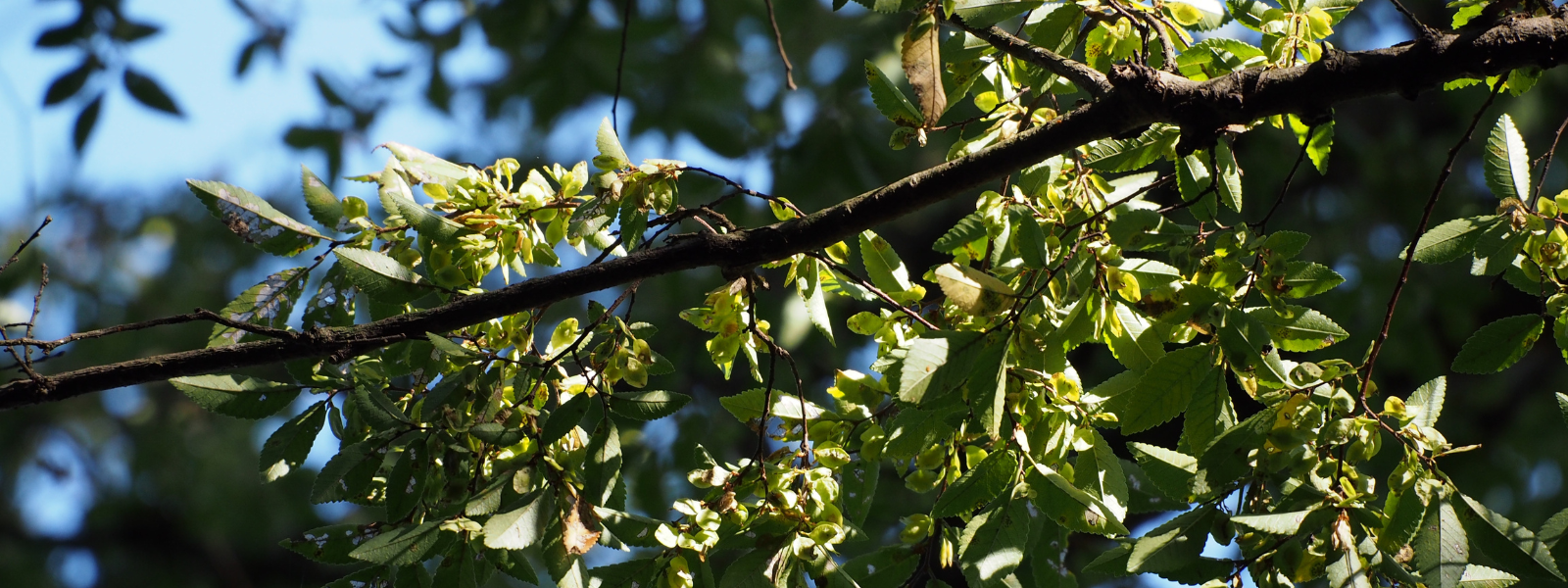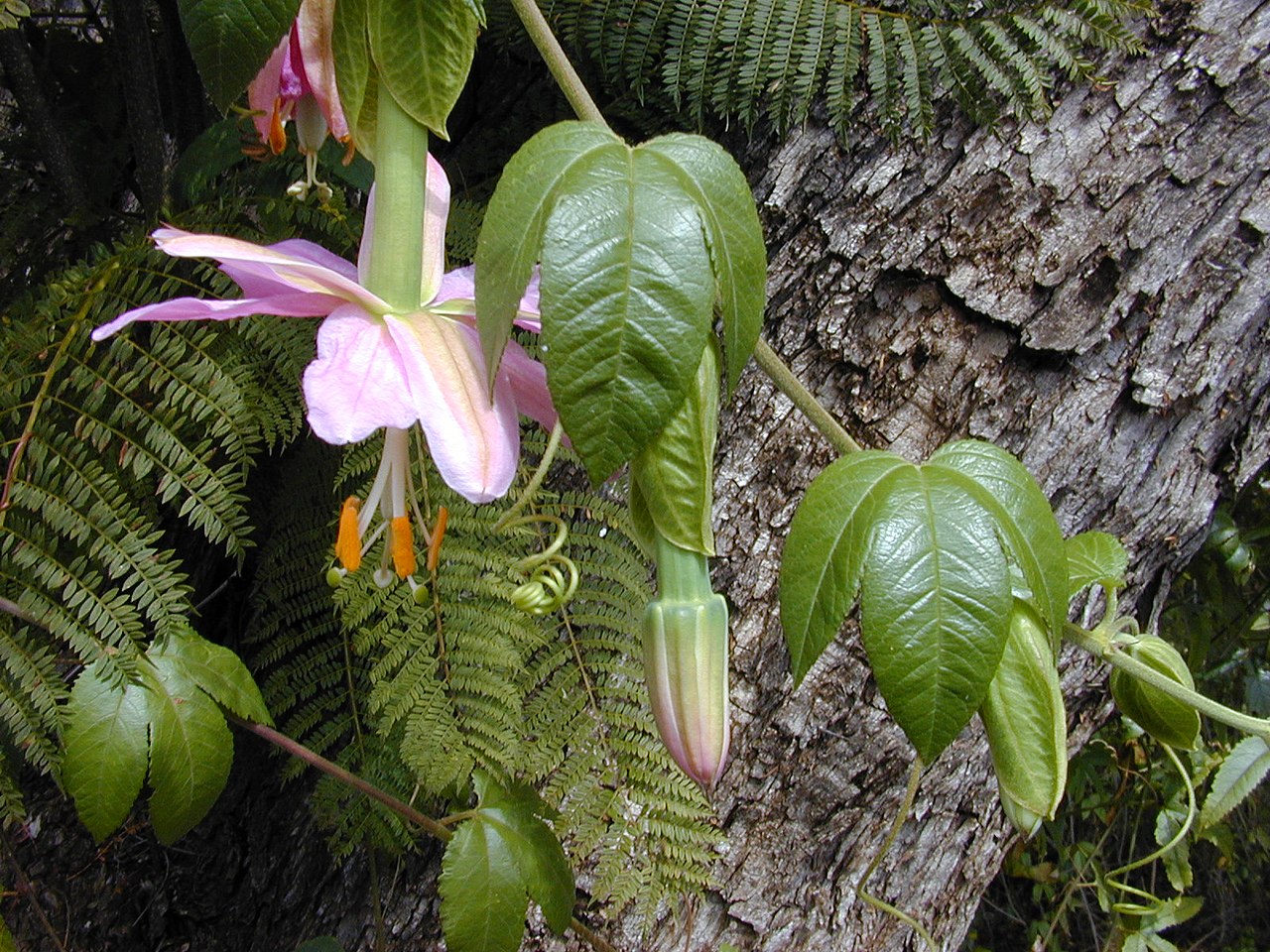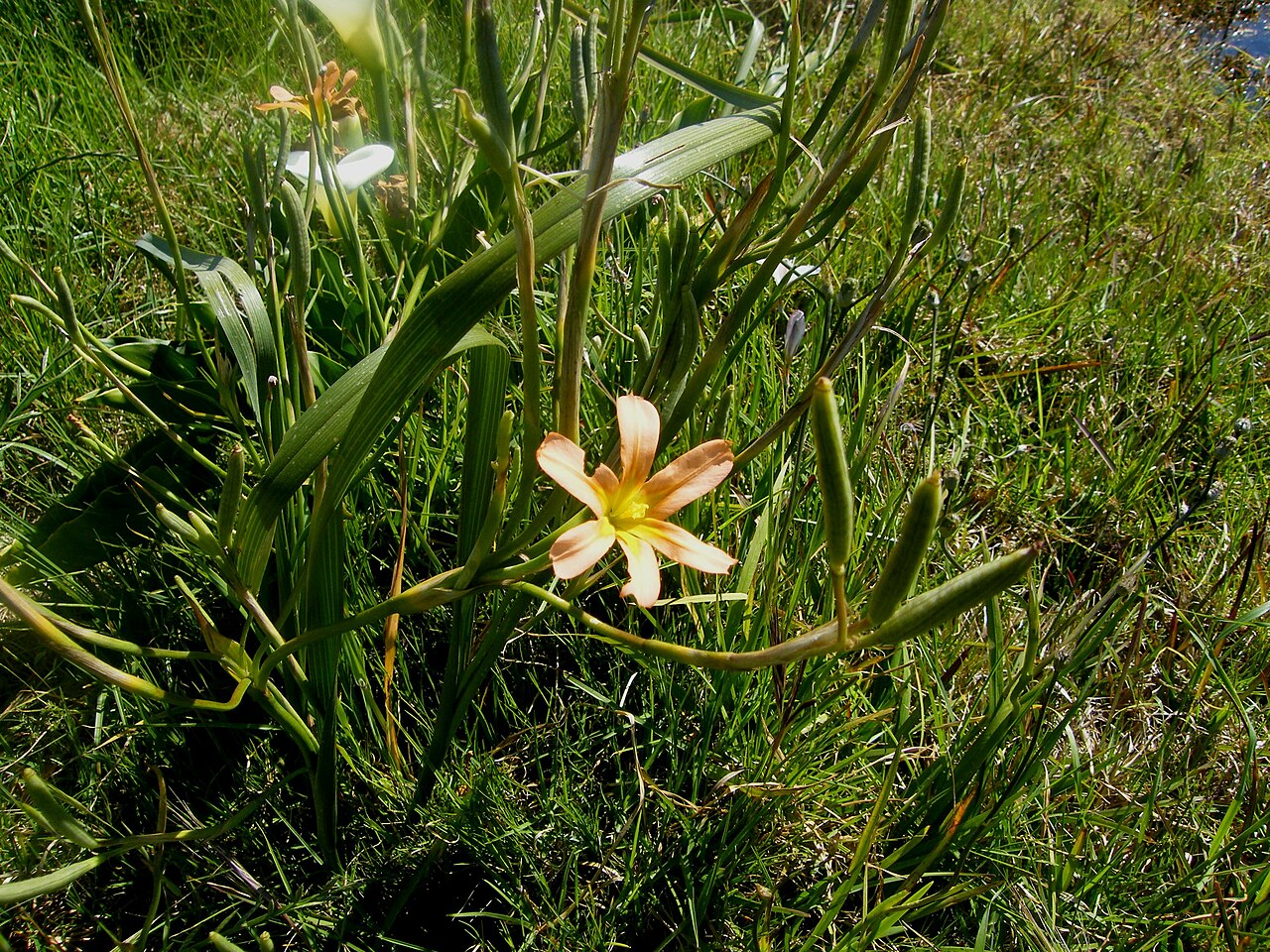
Common Name
Chinese Elm, Lacebark Elm, Evergreen Elm, and Dwarf Elm.
Scientific Name
Ulmus parvifolia
Family
Ulmaceae
Lifecycle
Perennial
Seasons of Growth
Year-round
Key Distinguishing Feature
Deciduous tree with small, serrated leaves.
• It typically grows during the warmer seasons, with new leaves emerging in spring and falling in autumn.
• Growth Form: Chinese Elm is a small to medium-sized tree that can reach heights of up to 15-20 meters (50-66 feet). It has a rounded or vase-shaped canopy.
• Leaves: The leaves are small, elliptical to ovate, and serrated along the margins. They are typically dark green in colour and may have a rough texture. Some Chinese Elm varieties exhibit autumn colour changes.
• Bark: The bark is distinctive, often exfoliating to reveal patches of mottled or multicoloured inner bark, which can be quite attractive.
• Flowers: The flowers are small and not particularly showy. They are wind-pollinated and typically go unnoticed.
• Fruit: Chinese Elm produces small, winged samaras (seeds) that are dispersed by wind.
• Habitat: It is commonly planted as an ornamental tree in urban areas, parks, and gardens.
Ecological Impact:
• Chinese Elm is not typically considered invasive in its cultivated range. However, in some regions, it has naturalized and can outcompete native vegetation.
Control Methods:
• Control of Chinese Elm is primarily a concern in areas where it has become invasive.
• Mechanical methods include cutting and removing the trees. Proper disposal of the cuttings is essential to prevent regrowth.
• Herbicides may be used for control in some cases, but care must be taken to use them safely and effectively, following local regulations.
In many areas, Chinese Elm is appreciated as an ornamental tree for its attractive bark and adaptability to urban environments. However, it is important to manage and control its growth in regions where it poses a threat to native ecosystems. Local authorities and environmental agencies often provide guidance on the best control practices for this tree if it becomes invasive.




